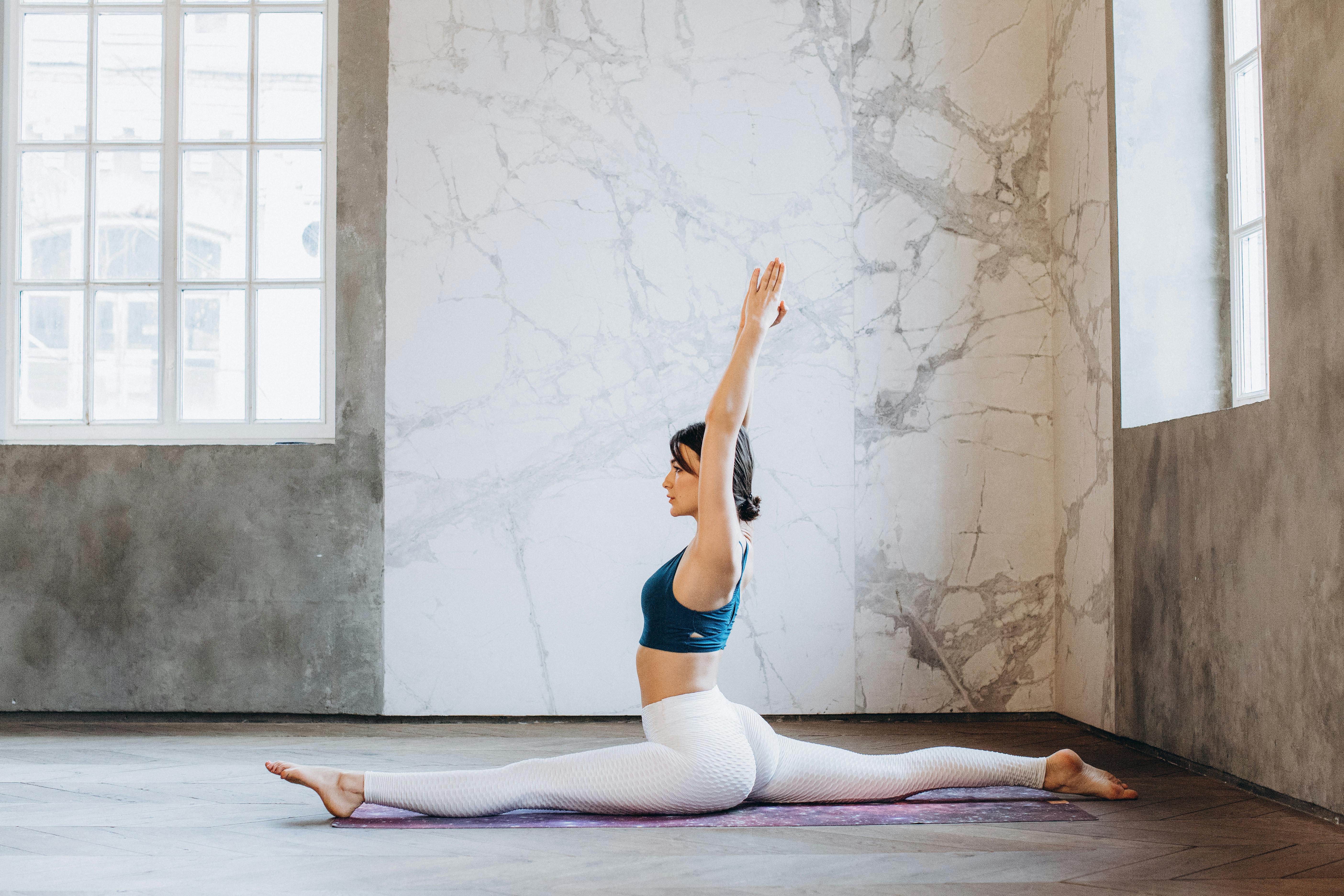Unlocking the Potential of Mindful Movement: A Comprehensive Guide
Since the dawn of civilization, movement has been an essential part of human life. From hunting and gathering to farming and warfare, our ancestors relied on physical prowess for survival. But as society evolved, our relationship with movement changed. Today, we find ourselves in a world where physical activity is often an afterthought, squeezed into our busy schedules as an obligation rather than a source of enjoyment and well-being.

However, a growing body of research suggests that we need to rethink our approach to physical activity. Enter mindful movement—a practice that combines physical activity with mindfulness and awareness. In this article, we delve into the science and benefits of mindful movement, explore its different forms, and offer practical tips to incorporate it into your daily routine.
The Science of Mindful Movement
Mindful movement is a concept rooted in ancient traditions. It’s the practice of engaging in physical activity with an awareness and connection to the movement and the sensations it creates in the body. This mindful approach to movement has been linked to a range of health benefits, from reducing stress and anxiety to improving physical health.
Mindful Movement in Practice
Mindful movement can take many forms—from yoga and tai chi to simple walking or stretching. The key is to engage in these activities with a focus on the sensations of the movement, rather than the outcome or performance.
Benefits of Mindful Movement
Mindful movement offers a host of benefits. It can reduce stress and anxiety, improve mood, enhance physical health, and even boost cognitive function. Plus, it offers a way to engage in physical activity that is enjoyable and sustainable—a contrast to the “no pain, no gain” mentality that can often lead to burnout and injury.
Challenges and Considerations
While mindful movement offers many benefits, it’s not without its challenges. It can be difficult to shift from a performance-focused mindset to one of mindfulness and presence. Additionally, it requires us to slow down and make time for physical activity—a challenge in our fast-paced, productivity-driven society.
Practical Tips for Integrating Mindful Movement
Here are some tips to incorporate mindful movement into your daily routine:
- Start small: Begin with a few minutes of mindful movement each day and gradually increase the time as you become more comfortable with the practice.
- Incorporate mindfulness into existing activities: You don’t have to take up yoga or tai chi to practice mindful movement. Simply bringing a mindful awareness to your existing physical activities—like walking, running, or stretching—can be an effective way to incorporate this practice into your life.
- Be patient with yourself: Mindful movement is a practice, which means it takes time and patience. Don’t be discouraged if you find it challenging at first. With time and practice, it will become easier.
In conclusion, mindful movement offers a holistic approach to physical activity—one that not only benefits our bodies but also our minds. By bringing awareness and presence to our movements, we can transform physical activity from an obligation to a source of joy and well-being.



